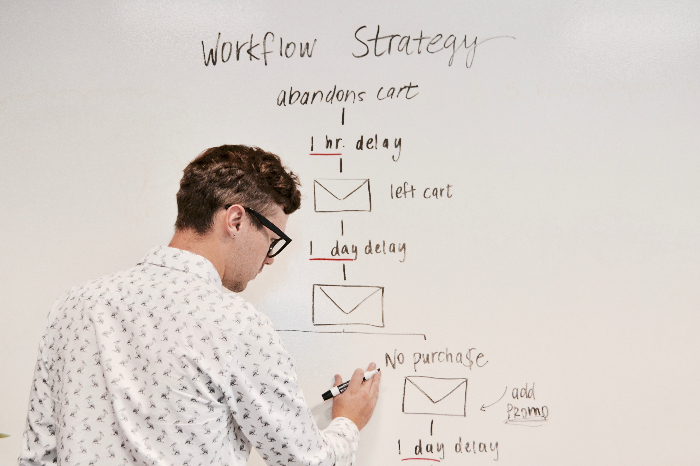Workflow Optimization
Workflow optimization involves analyzing and improving the way you work to increase productivity and efficiency. Here are some tips for optimizing your workflow:

task management tagged interest
Identify bottlenecks: Bottlenecks are areas in your workflow where work slows down or gets stuck. To identify bottlenecks, map out your workflow and look for areas where work piles up or where people wait for others to complete tasks. Once you have identified bottlenecks, look for ways to streamline processes or delegate tasks to free up resources.
Eliminate distractions: Distractions can be a major productivity killer. To eliminate distractions, turn off notifications on your phone and computer, close unnecessary tabs and applications, and set specific times for checking email or social media. You can also use tools such as noise-cancelling headphones or website blockers to reduce distractions.
Streamline processes: Streamlining processes involves identifying unnecessary steps or tasks and eliminating them. To streamline processes, look for tasks that can be automated or delegated, and eliminate tasks that do not add value or contribute to your goals. This can free up time and resources that can be used to focus on higher-priority tasks.
Prioritize tasks: Prioritizing tasks involves identifying the most important tasks and completing them first. To prioritize tasks, use techniques such as the Eisenhower matrix or the ABC method, and focus on tasks that are both important and urgent. This can help ensure that you are using your time and resources effectively.
Use tools and technology: Tools and technology can help automate tasks, track progress, and streamline workflows. Look for tools such as project management software, collaboration tools, and automation software that can help you optimize your workflow.
Review and improve: Workflow optimization is an ongoing process. Regularly review your workflow and look for areas where you can improve. Solicit feedback from team members and stakeholders, and use data and analytics to identify areas for improvement.
In conclusion, workflow optimization involves identifying bottlenecks, eliminating distractions, streamlining processes, prioritizing tasks, and using tools and technology. By optimizing your workflow, you can increase productivity and efficiency, achieve your goals more efficiently, and improve the quality of your work.